By Amanda Rose Newton
If you’re a Central Florida gardener and you’ve ever dreamed of plucking fresh, sweet corn from your own backyard, you’re in luck!
Corn can absolutely thrive here — with the right timing, cultivars, and a little hands-on help at pollination time.
Here’s everything you need to know to grow delicious corn right in your landscape successfully.
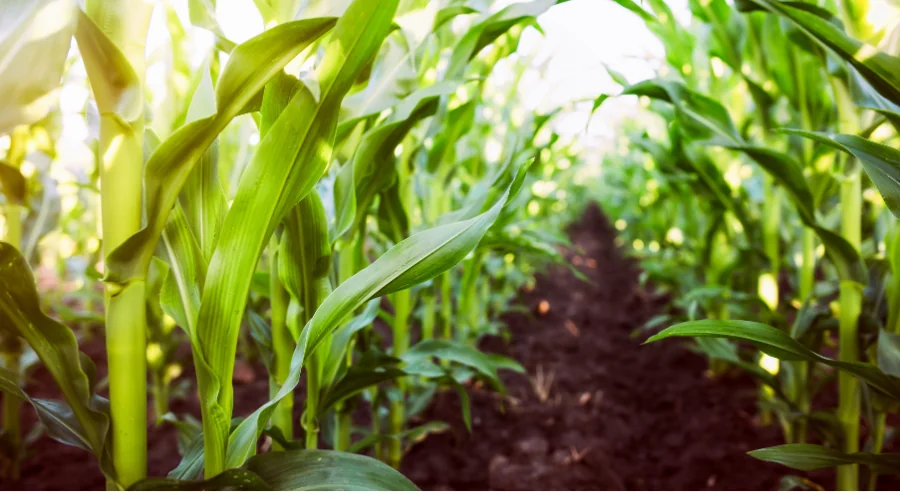
Best Corn Varieties for Central Florida
Not all corn is created equal, especially when it comes to Florida’s heat and humidity.
These cultivars have a reputation for performing well here:
- ‘Silver Queen’ – A beloved sweet corn variety with tender, white kernels. It handles Central Florida’s warmth well if started early.
- ‘Sweet Belle’ – A hybrid sweet corn developed for Southern climates; very reliable germination and good disease resistance.
- ‘Early Sunglow’ – A yellow sweet corn that matures quickly (about 63 days), making it perfect for squeezing in before summer’s intense heat.
- ‘Ambrosia’ – A super-sweet bicolor (yellow and white) that does great in home gardens and tolerates Florida’s swings in spring temperature.
- ‘G90’ – A popular Southern hybrid that resists rust and smut, common corn diseases in humid climates.
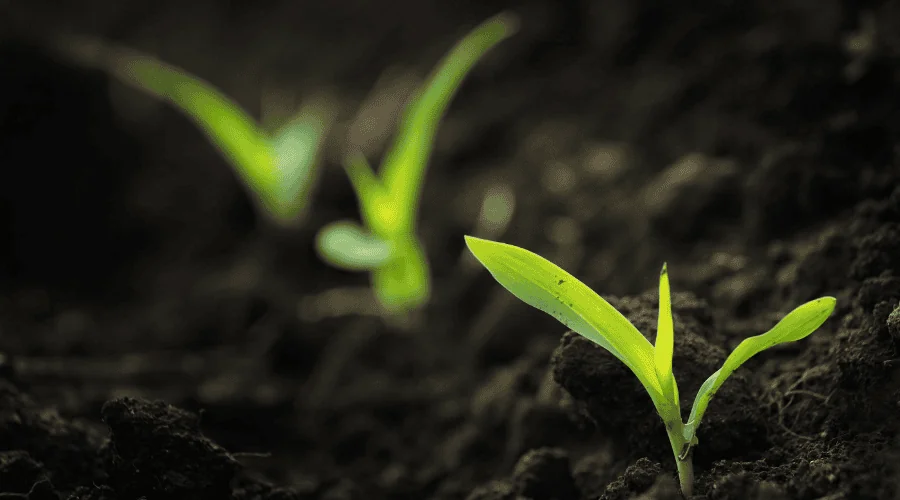
When to Plant Corn in Central Florida
Timing is everything for corn here!
Primary planting window:
Mid-February through late March is ideal for spring planting in Central Florida.
Second chance:
In some years, you can plant a second crop in August, but it’s a gamble due to summer storms and pests.
Tip: Corn seeds require soil temperatures of around 60–65°F to germinate well, which is common by February.
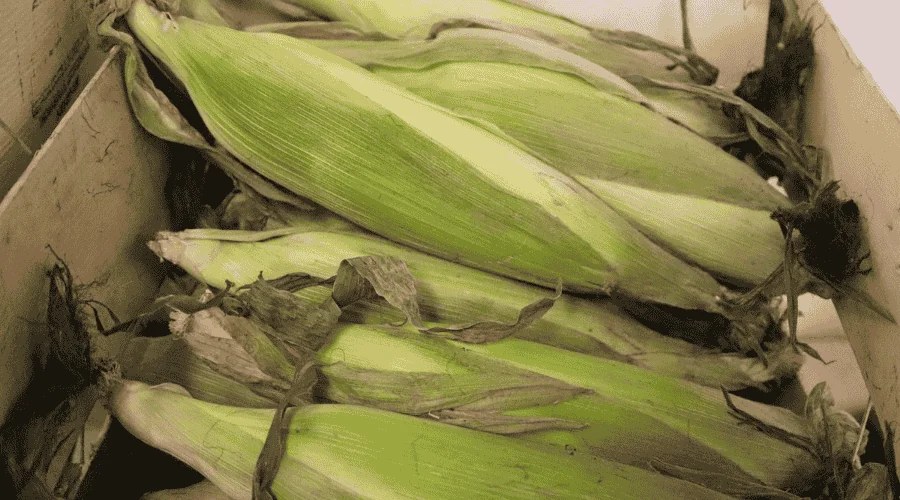
Where Corn Grows Best
Corn loves:
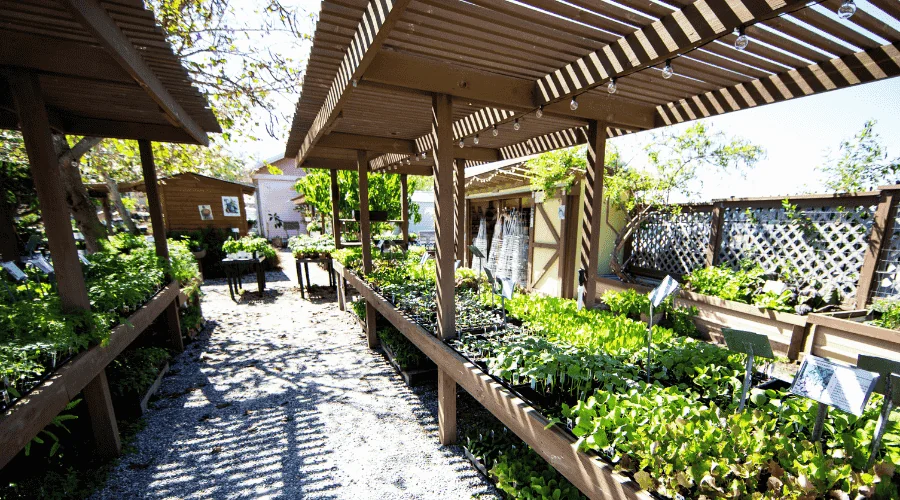
How to Incorporate Corn into Your Landscape
Corn can be surprisingly ornamental — and functional!
Screening: Plant a small block of corn along a fence line or property border for a seasonal green “wall.”
Three Sisters Garden: Interplant corn with beans (which climb the corn stalks) and squash (which shade the ground) for a classic Native American companion planting trio.
Pollinator-Friendly Rows: Underplant short rows of corn with nectar plants like basil, zinnias, or sunflowers to support bees and beneficial insects.
Design Tip: Use shorter corn varieties, such as ‘Early Sunglow,’ at the front of a bed, and taller ones, like ‘Silver Queen’ or ‘G90’, further back for a tiered look.
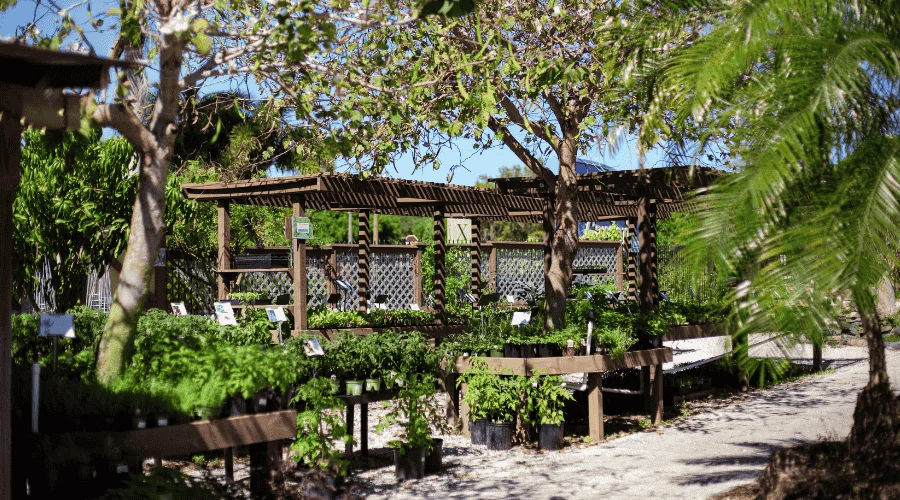
The Secret to Success: Shaking Your Corn!
Corn is wind-pollinated, not insect-pollinated — meaning it needs pollen from the tassels (tops) to land on the silks (on the ears) to form whole kernels.
Problem: In a small garden or on calm days, there may not be enough natural wind to disperse pollen.
Solution: Hand-pollination involves gently shaking the stalks once the tassels have released pollen.
Here’s how:
- Wait until you see the tassels fully open and dusty pollen is visible (usually in the early morning).
- Gently shake each stalk to help pollen fall down onto the silks.
- Do this daily for 3–5 days during peak pollination time for best results.
Bonus Tip: You can also clip a tassel and lightly brush it across the silks for an extra thorough finish.
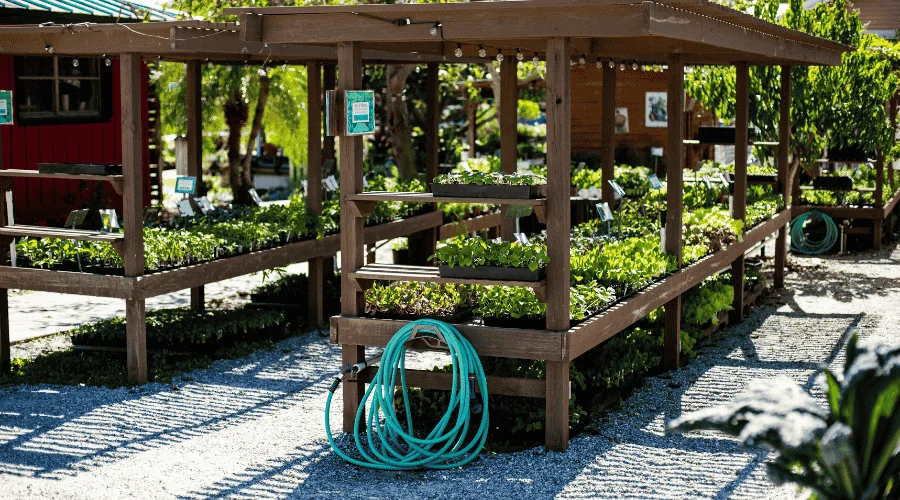
Quick Checklist for Corn Success in Central Florida
- Choose heat-tolerant cultivars like ‘Silver Queen’ or ‘Ambrosia’.
- Start planting between mid-February and late March.
- Full sun and well-drained soil are must-haves.
- Water regularly — especially during flowering and ear filling.
- Help pollination by hand-shaking the stalks!
- Incorporate corn into edible landscapes with beauty and purpose.
Growing corn in Central Florida is incredibly rewarding — there’s nothing quite like eating a buttery, crisp ear of corn you grew yourself.
With the right variety, timing, and a little hands-on shaking, you’ll be the talk of your neighborhood when you serve up your own homegrown harvest.


